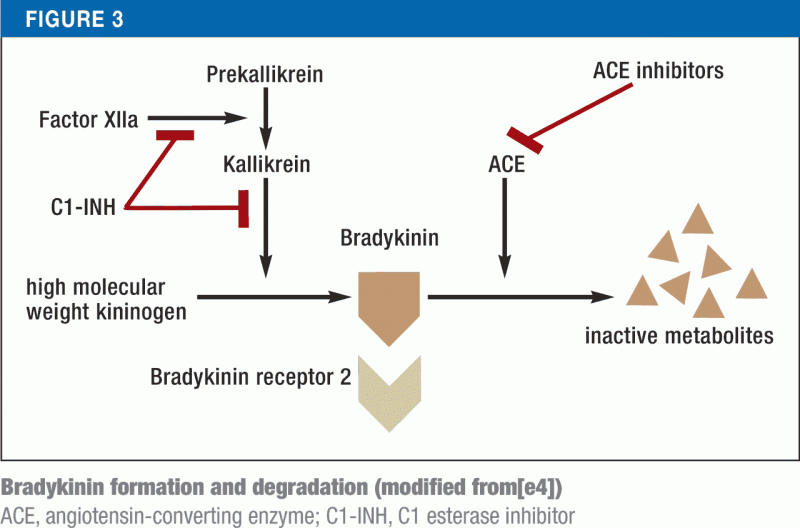GLP-1 class medications have recently grown in popularity. Two of the most popular GLP medications today, Wegovy and Ozempic, both have semaglutide as their active ingredient. They have come into the limelight after a large double-blinded study published in NEJM, showed an average 14.9% decrease in weight in obese patients given semaglutide on top of lifestyle modifications, compared to 2.4% in the control arm (see research summary at end). It should be noted that this study was funded by Novo Nordisk, the pharmaceutical company that produces semaglutide. Coincidentally, Novo Nordisk’s stock valuation has tripled over the last 2 years since the release of the study.
What are GLP-1 agonists?
GLPs were first hinted at in the 1960s, when scientists using radioimmunoassays to study glucagon formation in the pancreas unexpectedly saw elevated activity in the intestines during their surveys. Over the next decade, gut proteins were isolated and found to have 50% sequence similarity to glucagon, and these proteins were termed glucagon-like peptides 1 and 2 (GLP-1 & 2)1. Further studies suggested that GLP-1 stimulates both synthesis and secretion of insulin via multiple cAMP-dependent pathways.
Of significance to today’s popularity is evidence of GLP-1 mediated suppression of appetite via CNS targets1. Other interesting findings of GLP-1 suggest possible cardioprotective characteristics. Animal studies showed increased myocardiocyte glucose uptake and decreased reperfusion injury in dogs and rodents induced to have MI despite controlling for weight1.
Today, GLPs can be generally classified into 2 categories – long acting (administered once weekly) or short acting (administered daily), though most remain approved only for treatment of DM. In addition to semaglutide, another GLP-1 obtaining FDA approval for weight loss includes tirezepatide (Zepbound)2.
What are the adverse effects I need to be aware of?
Although GLP-1 class medications have been on the market for 2 decades now, rarer serious side effects are now being seen more simply due to recent increases in the number of people on these medications3. One effect that may impact emergency medicine interventions is GLP-1 induced delay in gastric emptying, increasing risk of aspiration in patients with airway compromise. Though the absolute risk of GLP-1 related aspiration during intubation is still low, case studies of large volume emesis in patients who fasted 20 hours have been concerning enough to prompt the American Society of Anesthesiology to issue a guidance suggesting holding GLP-1 agonists prior to elective intubations4,5.
Other serious adverse effects of GLP-1 include 9x increased risk of pancreatitis, 4x increased risk of bowel obstruction, 3x increased risk of gastroparesis, though again the absolute risk of all these events were still < 1% per year.
Do I need to be worried about hypoglycemic events?
GLP-1s do not usually cause hypoglycemia, unless combined with another agent/therapy that is associated with hypoglycemia such as sulfonylureas or insulin injections6,7.
How accessible is semaglutide?
In short, not very. Current demand for the mediation is outpacing production. Novo Nordisk has reported they have run out of stock of Wegovy 1.7mg for the month of December and anticipate possible disruptions of related GLP-1 liraglutide supply8. Wegovy’s demand has crept into increased off-label prescriptions of Ozempic, reducing access for patients with diabetes9. Current prices on GoodRx show $900/month for Ozempic and $1400/month for Wegovy.
References
Müller TD, Finan B, Bloom SR, et al. Glucagon-like peptide 1 (GLP-1). Mol Metab. 2019;30:72-130. doi:10.1016/j.molmet.2019.09.010
FDA Approves New Medication for Chronic Weight Management. U.S. Food and Drug Administration. Accessed December 26, 2023. https://content.govdelivery.com/accounts/USFDA/bulletins/37a0d49
Ruder K. As Semaglutide’s Popularity Soars, Rare but Serious Adverse Effects Are Emerging. JAMA. 2023;330(22):2140-2142. doi:10.1001/jama.2023.16620
Gulak MA, Murphy P. Regurgitation under anesthesia in a fasted patient prescribed semaglutide for weight loss: a case report. Can J Anaesth J Can Anesth. 2023;70(8):1397-1400. doi:10.1007/s12630-023-02521-3
Patients Taking Popular Medications for Diabetes and Weight Loss Should Stop Before Elective Surgery, ASA Suggests. Accessed December 26, 2023. https://www.asahq.org/about-asa/newsroom/news-releases/2023/06/patients-taking-popular-medications-for-diabetes-and-weight-loss-should-stop-before-elective-surgery
Nauck M. Incretin therapies: highlighting common features and differences in the modes of action of glucagon‐like peptide‐1 receptor agonists and dipeptidyl peptidase‐4 inhibitors. Diabetes Obes Metab. 2016;18(3):203-216. doi:10.1111/dom.12591
Suran M. As Ozempic’s Popularity Soars, Here’s What to Know About Semaglutide and Weight Loss. JAMA. 2023;329(19):1627-1629. doi:10.1001/jama.2023.2438
Supply update. Novo Nordisk. Accessed December 26, 2023. https://www.novonordisk-us.com/content/nncorp/us/en.html
McPhillips D. CNN Exclusive: Prescriptions for popular diabetes and weight-loss drugs soared, but access is limited for some patients. CNN. Published September 27, 2023. Accessed December 26, 2023. https://www.cnn.com/2023/09/27/health/semaglutide-equitable-access/index.html




